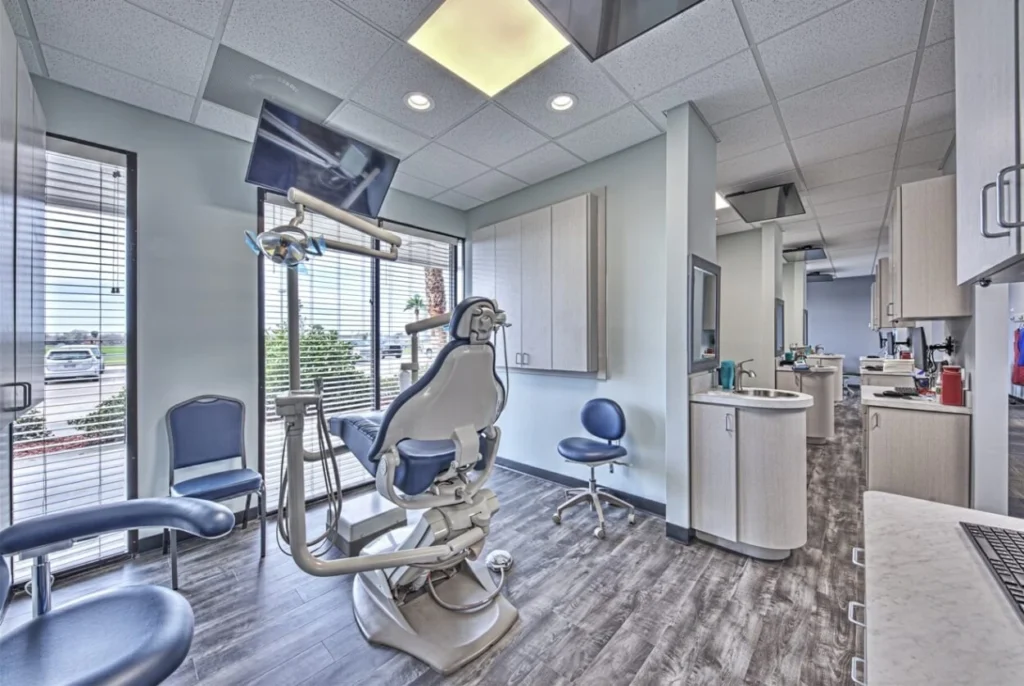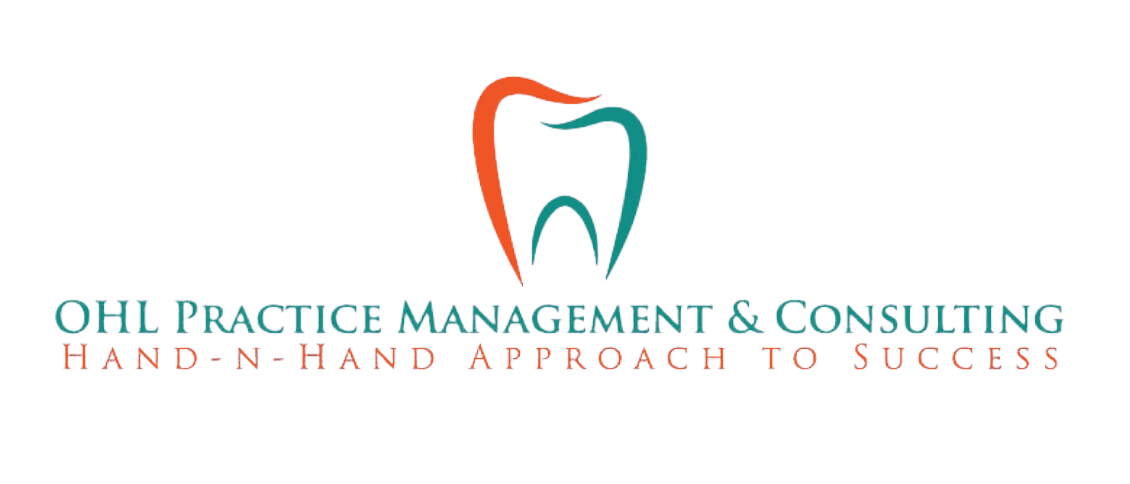Customized oral appliances are redefining the treatment of obstructive sleep apnea (OSA), offering tangible improvements in sleep quality and general well-being. For the significant number of individuals grappling with this condition, these dental innovations mark a substantial leap forward.
Mandibular advancement devices (MADs) represent an essential category of these appliances. By nudging the lower jaw forward, they keep the airway unobstructed, thus preventing the breathing interruptions characteristic of OSA. Regular use of a MAD can result in more restful nights and a noticeable reduction in snoring, as the device helps to maintain steady breathing during sleep.
Tongue-retaining devices (TRDs) provide an alternative approach. By holding the tongue in place, TRDs prevent it from falling back into the throat, a common cause of airway blockage in sleep apnea sufferers. This targeted solution is especially beneficial for patients whose snoring and sleep interruptions are primarily due to tongue position issues.
Both MADs and TRDs have proven adept at addressing the disruptive and health-compromising symptoms of OSA. Their effectiveness lies not only in their design but also in their ability to be customized for each individual, ensuring a higher degree of comfort and a better fit, which are crucial for consistent use and successful outcomes.
Understanding Obstructive Sleep Apnea (OSA)
Obstructive sleep apnea (OSA) presents a serious challenge to one’s health by interrupting normal breathing during sleep. The importance of understanding and treating this condition cannot be overstated, given its potential to severely disrupt daily life.
The primary issue with OSA is airway obstruction. During sleep, the muscles of the throat relax to such an extent that they fail to keep the airway open. This relaxation can cause the airway to collapse, leading to repetitive pauses in breathing — a phenomenon that can occur dozens or even hundreds of times each night. Each pause can last from a few seconds to over a minute, often without the sufferer being aware of it.
The consequences of these breathing interruptions are manifold. They can lead to chronic fatigue, daytime sleepiness, and impaired concentration due to disrupted sleep patterns. Longer-term health risks include heightened chances of developing high blood pressure, heart disease, and stroke. These risks make it clear why immediate and suitable intervention is crucial.
Understanding the implications of OSA and how it undermines both nightly rest and overall health is the first step towards effective treatment. In recognizing the critical nature of the condition, individuals are more likely to seek out treatments that maintain open airways throughout the night, restoring healthy sleeping habits and reducing associated health risks.
Key Challenge or Risk Area 1
For those living with moderate to severe obstructive sleep apnea (OSA), finding the right treatment is a significant challenge. Oral appliances have emerged as a key solution, addressing the limitations of standard therapies with their non-invasive nature and improved user adherence.
One major problem with traditional OSA treatments is the inability of many patients to tolerate them. Devices like CPAP (continuous positive airway pressure) machines can be uncomfortable and difficult to use consistently. Oral appliances offer a welcome alternative, fitting inside the mouth to provide therapeutic benefits without external encumbrance or noise, enhancing patient comfort.
Another consideration is the need for treatment customization. Every OSA patient has unique anatomical features and health considerations that may not align with one-size-fits-all solutions. Customizing oral appliances to the individual’s mouth structure allows for a more comfortable and effective fit, which encourages regular use and leads to better treatment outcomes.
Finally, improved compliance stems from the user-friendly nature of these devices. Becoming an integral part of the bedtime routine, oral appliances require little effort to use, a crucial factor in maintaining long-term treatment regimens. Patients find themselves more inclined to use a solution that fits seamlessly into their lives, thereby reducing OSA symptoms more consistently.
Key Challenge or Risk Area 2
Continuous positive airway pressure (CPAP) machines, though beneficial, often prove impractical due to discomfort, leading to discontinued use. Herein lies a critical challenge: providing an effective, patient-friendly alternative. Oral appliances successfully meet this demand with their discreet and easy-to-use design.
The issue of comfort with CPAP machines is nontrivial, as the apparatus can feel bulky and intrusive, disrupting sleep patterns further. Discomfort often leads patients to cease using their CPAP devices, nullifying the potential health benefits. Oral appliances, on the other hand, minimize this issue by being unobtrusive and form-fitting, allowing users to sleep without bulky equipment attached to their face.
Another pivotal aspect where oral appliances have an advantage is in their ease of use. CPAP machines require setup, regular cleaning, and a power source. Oral appliances streamline the patient’s experience by eliminating these requirements, thereby fostering more consistent use and sustained treatment adherence.
Lastly, the lifestyle-friendly nature of oral appliances cannot be overstated. Unlike the noisy operation and significant maintenance of CPAP machines, oral appliances are quiet and require minimal upkeep, slotting into the daily routine with ease. For many patients, the combination of effectiveness and minimal intrusion makes oral appliances a more appealing and sustainable choice for managing OSA.
Key Challenge or Risk Area 3
Proper management of obstructive sleep apnea (OSA) is often hindered by misdiagnosis and subpar treatments. Personalized oral appliances provide a solution to this problem by addressing the unique needs of each patient, leading to improved comfort and sleep quality.
Misdiagnosis can occur because OSA symptoms often mimic those of other disorders, leading some patients to receive treatments that do not address the underlying issue of airway obstruction. Oral appliances, designed based on individual diagnostic assessments, ensure that each patient receives a treatment focused on their specific OSA condition.
Inadequate treatments, such as those that do not factor in patient-specific anatomical variations, can be ineffective or uncomfortable. Custom oral appliances are tailored to fit the unique shape of a patient’s mouth and jaw, thereby increasing both the efficacy of the treatment and the likelihood that the patient will adhere to using it regularly.
Moreover, the customization process of oral appliances involves direct input from the patient regarding comfort and usability, critical components for enhancing overall sleep quality. Through this collaborative approach, oral appliances become more than just a treatment — they integrate into a holistic strategy aimed at providing patients with a restful and restorative night’s sleep.
Actionable Response or Strategic Solution
Tackling obstructive sleep apnea (OSA) strategically, Ohl Practice Management & Consulting leverages oral appliance therapy, which is known for its tailored fit and adaptability. The response to OSA is not just clinical but also personal, ensuring each treatment is as effective as possible.
The first aspect of their strategic response is the customization of oral appliances. This personalization ensures that each device fits snugly and comfortably, working in tune with the patient’s unique dental structure. By avoiding a one-size-fits-all approach, Ohl Practice increases the likelihood of effective treatment and patient satisfaction.
Continual calibration represents the second part of the strategy. Unlike static treatments, oral appliances provided by Ohl Practice can be adjusted over time to account for changes in the patient’s condition or comfort preferences. This dynamic management furthers treatment success, as the devices remain well-suited to the patients’ needs.
Lastly, by centering their focus on patient-specific outcomes like daytime alertness and sleep quality, Ohl Practice ties the success of their oral appliances directly to improved daily living. They acknowledge that the ultimate measure of a treatment’s effectiveness is its positive impact on the patient’s life beyond the clinical setting.

Decision Criteria or Escalation Triggers
Choosing the right treatment path for obstructive sleep apnea (OSA) hinges on a set of clear criteria. Ohl Practice employs a rigorous, patient-based approach to determine the most suitable treatment, considering the severity of OSA and individual preferences.
The severity of the patient’s condition is the first critical factor. This encompasses not only the frequency and duration of apnea episodes but also their impact on the patient’s daily life. By evaluating the degree of severity, the practice can match the intensity of the treatment to the needs of the patient, ensuring neither under-treatment nor unnecessary intervention.
Patient preferences play a pivotal role in the decision-making process. Ohl Practice understands that successful treatment depends as much on patient comfort and willingness as on clinical efficacy. By incorporating the patient’s lifestyle, comfort with different treatment options, and willingness to comply with the therapy, the practice tailors a plan that the patient is more likely to follow.
By integrating these MECE decision criteria, Ohl Practice enhances the chances for successful treatment outcomes. The personalized attention ensures that treatments are not only medically appropriate but also practically feasible, leading to consistently higher rates of adherence and overall satisfaction among patients.
Support Resources or Professional Guidance
Ohl Practice’s commitment to those facing obstructive sleep apnea (OSA) goes beyond initial treatments to include ongoing support and guidance. This comprehensive approach ensures that patients benefit from assistance that is adaptive and optimizes their treatment over time.
Patient guidance is a key component of this support system. Ohl Practice provides clear instructions and continuous education on the use and maintenance of oral appliances. This education is crucial for helping patients understand how to achieve the best results from their treatments and for fostering a sense of control over their own health journey.
Personalized adjustments form the second pillar of support at Ohl Practice. Because patient needs often change over time, practitioners make regular assessments to adjust treatments as necessary. This individualized attention ensures each patient maintains an optimal fit and function of their appliance, which is essential for sustained therapeutic effectiveness.
Lastly, Ohl Practice employs advanced technology to enhance monitoring and patient compliance. By using data tracking and feedback mechanisms, both practitioners and patients can identify when adjustments are needed, potentially before the patient even recognizes a problem. This proactive element of care works to maintain constant improvement in the management of OSA symptoms.
Preventive Measures or Best Practices
Elevating the management of obstructive sleep apnea (OSA) calls for a dual strategy: integrating lifestyle adjustments with specialized therapy. Ohl Practice promotes this blended approach to holistically boost both sleep quality and overall health for their patients.
Lifestyle adjustments are the first pillar of this strategy. Patients are encouraged to maintain a healthy weight, avoid alcohol before bedtime, and establish consistent sleep patterns. These habits are known to reduce the severity of OSA symptoms, acting as complementary measures to the more direct interventions of oral appliance therapy.
The second pillar is the use of custom oral appliances. These tailor-made devices are critical in addressing the mechanical aspect of OSA by maintaining an open airway during sleep. Ohl Practice emphasizes the importance of a device that is not only effective but also personalized to fit comfortably and meet the unique needs of each patient.
Finally, Ohl Practice advocates for ongoing patient education as an essential best practice. By empowering patients with knowledge about OSA and the benefits of combined treatment approaches, the likelihood of positive, long-term health outcomes is markedly increased. This commitment to education cements the practice’s role as a partner in each patient’s wellness journey.
Conclusion
In the fight against sleep apnea, Ohl Practice Management & Consulting’s approach sets a new standard through a steadfast commitment to treatments that are both personalized and rooted in solid evidence. Accessibility and pragmatism define their care, making a real-life impact on patients.
Personalized solutions stand at the core of Ohl Practice’s success, ensuring that every treatment plan is crafted to the individual’s needs. The creation of each oral appliance is based on specific patient measurements and preferences, which not only maximizes the efficacy of the treatment but also enhances the patient’s comfort and willingness to use the device consistently.
Expert guidance merges with advanced technology to form the second foundation of Ohl Practice’s patient care. The practice’s professionals are not just providers but also educators and supporters for their patients. This role is amplified through the use of technology that allows for ongoing monitoring and adjustments as needed, thus ensuring that patients remain on track toward better sleep and overall health.
The final component of their service is its accessibility. Ohl Practice removes barriers by adopting a straightforward and realistic approach to treatment. The ease with which patients can integrate their oral appliances into daily life speaks to the practice’s mission of delivering practical and actionable healthcare solutions.
Don’t let uncertainty hold you back. Schedule a consultation today and start building a thriving dental sleep practice with Ohl Consulting!
Ohl Practice Management & Consulting
connect@ohlpracticeconsulting.com
Frequently Asked Questions
What are oral appliances for sleep apnea, and how do they work?
Oral appliances are custom-fitted devices worn during sleep to maintain an open airway, preventing the breathing pauses characteristic of sleep apnea. They’re a comfortable, non-invasive option.
Are oral appliances as effective as CPAP machines?
For many patients with mild to moderate sleep apnea, oral appliances are an effective alternative, offering convenience, comfort, and improved user compliance over traditional CPAP therapy.
Can I really get better sleep with an oral appliance?
Yes, many patients report significant improvements in sleep quality and reductions in snoring. With a device tailored to your needs, you’re likely to experience better sleep and increased daytime alertness.





